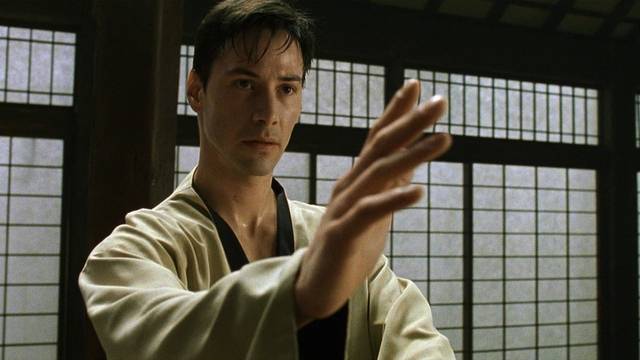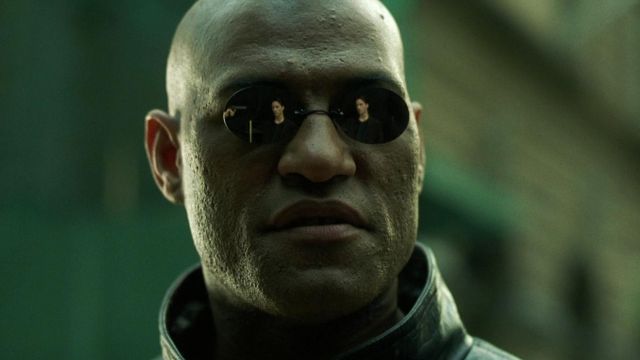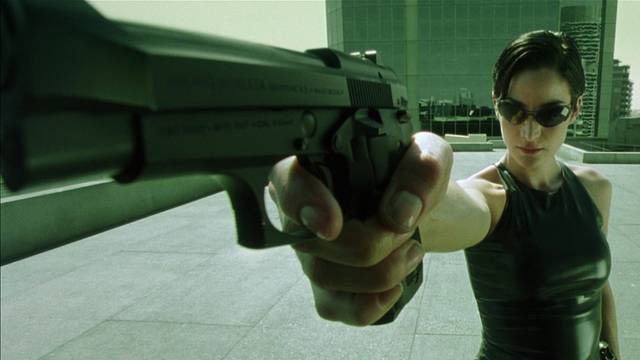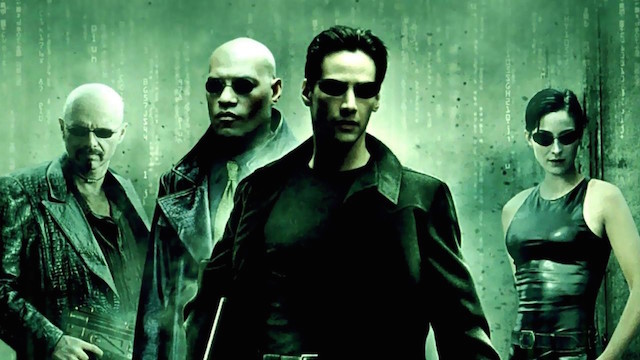It’s been 20 years since the release of The Matrix, which in many ways feels just as surreal as the movie itself. Surprisingly, the film still plays more ahead of its time than when it was released. Despite the fact that it’s only the sophomore directorial effort from Wachowski siblings Lana and Lilly, revisiting The Matrix still delivers a nearly perfect experience. It’s not good to throw the “m” word around lightly, but this film is still a masterpiece. Critics and audiences hailed it as such upon its release, as it’s got everything that a classic movie should have. It’s endlessly re-watchable, but it also changed the fabric of how movies were made. That’s why it’s still one of the most important genre movies ever made and a cinema milestone.
The Matrix is so dense that it demands multiple viewings. It sounds hyperbolic to say, but the film is essentially a master class on the language of cinema. While the plot of the film is surely complicated, the story itself is deceptively simple, utilizing a tale as old as time like the hero’s journey. With The Matrix, the Wachowskis managed to find a way to distill that character arc into something that felt like a wholly unique vision.
The Holy Trinity

The directors were the first to admit that pretty much all of their influences helped to create the style of The Matrix. But it was these influences that eventually made the film so special. From the camerawork, blocking and indelible stunts, to the restrained editing choices and the deliberate color grading, the Wachowskis use everything in their filmmaking arsenal to help tell the story. There was a lot of love and care that went into making The Matrix.
RELATED: New Matrix is Not a Remake or Reboot, Says Zak Penn
Then there are the three leading performers in Keanu Reeves, Carrie-Anne Moss and Laurence Fishburne. In many ways, it’s the trio of leading performers who make this movie work as well as it does. Reeves was literally born to play Neo. However, it’s Moss’ Trinity and Fishburne’s Morpheus that make the audience believe in both the characters and the world that they inhabit. Fishburne sells the conviction of the Nebuchadnezzer’s crew, while Moss truly brings the heart. The movie is often remembered for revolutionary stunt and effects work. But it’s ultimately the characters that make the The Matrix worth revisiting time and time again.
Red Pill, Blue Pill

The Matrix is essentially a philosophy 101 class disguised as a sci-fi action movie. Moreover, the philosophical underpinnings of the story are really the film’s bread and butter. It’s fascinating to see how many concepts the directors managed to successfully integrate into the DNA of the story. However, the film’s crowning achievement might be the questions that it leaves viewers to answer when it’s finished. The movie is very enjoyable on a surface level. But it’s this thematic density that really invites viewers to explore the ideas presented in the movie.
The Matrix focuses on themes of reality and perception. Aside from being the perfect embodiment of Plato’s cave allegory, it also delves into a host of other philosophical concepts. The notion of free will is another major concept in the film. The scene with Cypher and Agent Smith is a particularly fascinating exploration of this idea as a standalone scene. Jean Baudrillard’s Simulacra and Simulation was also a key influence. The directors insisted that Reeves read it before he even saw a page of the script. All of these concepts played into the larger themes of the film. From our perception of reality, to the exploration of the meaning behind free will, The Matrix is so densely riddled with references to famous philosophical works that it actually makes the brain hurt.
Dodge This

Technically speaking, the movie still holds up pretty well – for the most part. Bill Pope’s groundbreaking cinematography is mesmerizing, while also providing a crucial component to the film’s visual language. The Matrix is notable for popularizing the use of wires in American filmmaking. Legendary action choreographer Yuen Woo-ping’s work on the film still dazzles. Without the intricate “wire-fu” that Yuen was able to create in the final product, the long takes and the fight scenes would be far less impressive. Yuen’s work here laid the groundwork for many modern superhero movies in the subsequent two decades. Neo was clearly a superhero. But not a superhero that we had seen before.
The Matrix was a movie that no one really saw coming. In its wake, many movies tried to emulate the revolutionary “bullet time” effect that the movie pioneered. That quickly became a trope in itself. Even by today’s standards, the film really pushes the limits of what can be accomplished with a big budget action blockbuster. It proves that filmmakers can create a smart story with great characters and engaging action scenes. At the same time, it also gets viewers to invest in the thematic underpinnings of the movie, with just enough information to make up their own minds. Twenty years after its release, The Matrix is just as essential today as it was back in 1999.




